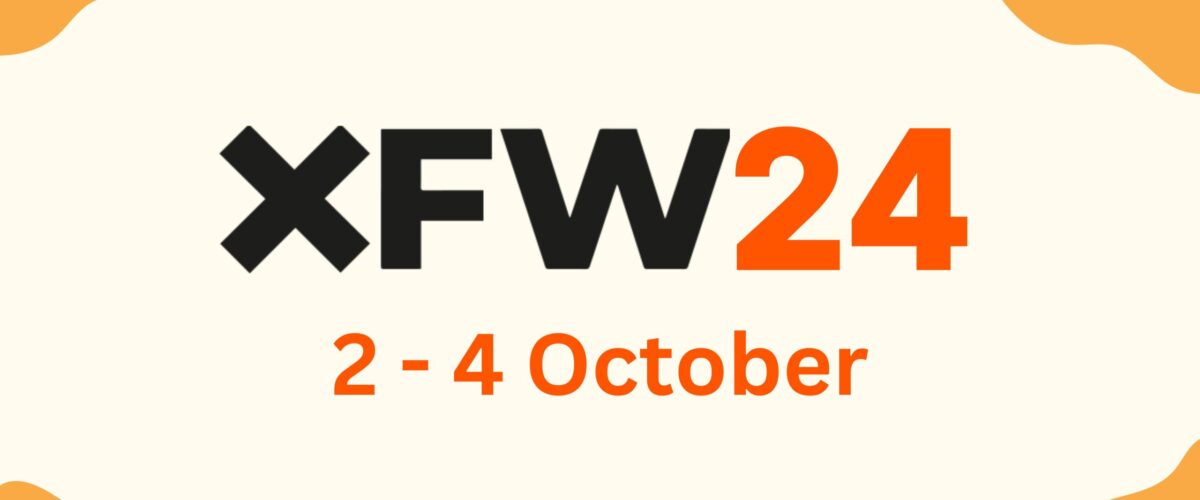As the financial services industry is continuously being transformed, alternative finance offers new opportunities for those who are in need of capital. This article provides an overview of the alternative finance landscape with succinct descriptions of different alternative finance models.
What is alternative finance?
Broadly speaking, alternative finance can be identified as financing obtained from external sources that fall outside the scope of the traditional financial system (banks or stocks and bond markets). With regards to online platforms and services, the term alternative finance refers to funding provided via models that are based on connecting individuals or organisations directly with counterparts who are seeking new channels for investing or making a donation.
Alternative finance models
Since alternative finance is an umbrella term that comprises a range of distinct models, it is necessary to outline the differences between models and how these affect the type of users, purpose of usage, form and amount of financial transactions taking place across platforms. The description of the different alternative finance models provided below is based on the recent taxonomy and market share estimations created by the Cambridge Centre for Alternative Finance (CCAF).
P2P/marketplace models
Consumer lending
This model, initially comprised of individual investors providing funds to retail borrowers through platforms that enable both parties to create direct contact or peer-to-peer (P2P), now also includes traditional financial institutions as these have begun investing in loans via P2P platforms. According to a series of reports, P2P consumer lending accounted for approximately 34% of European alternative finance volume and 60% across the Americas in 2016, demonstrating the dominance of this lending model.
Business lending
Based on the same lending principles as the former model yet targeting commercial borrowers instead, P2P business lending enables businesses, mainly SMEs, to obtain funding according to their needs while allowing individuals and institutions to invest in specific enterprises based on risk aversion. CCAF issued reports portray a stark difference between the saliency of this model in Europe and the Americas. In Europe, P2P business lending had the 2nd largest market share with 17% in 2016 while ranked 4th in the Americas, with a market share of 4.4% during the same period.
Property lending
Displaying significant growth globally, P2P property lending allows individuals and institutional investors to provide a loan secured against a property to both consumer and business borrowers. Despite the strong growth of this model,adoption rate varies drastically as reflected in lending volumes. These were approximately EUR 95 million in continental Europe and USD 1.1 billion in the Americas compared to GBP 1.15 billion in the UK alone and USD 7 billion in China, throughout 2016.
Crowdfunding models
Crowdfunding can be sub-categorized into investment and non-investment based models. Essentially, both sub-categories have the goal of raising capital from a collective that can comprise individual and institutional investors, but also idealists and enthusiasts. Tapping into a large pool of individuals online requires crowdfunding platforms to aim for greater reach and exposure.
Real Estate Crowdfunding
This investment-based crowdfunding model enables individuals or institutional investors to acquire ownership of a property-asset by purchasing shares in a single property or a number of properties via equity or subordinated-debt financing. In 2016, compared to the previous year, the volume of real estate crowdfunding fell to GBP 71 million from GBP 87 million throughout the UK while increasing from EUR 27 million to EUR 109 million in continental Europe.
Equity-based Crowdfunding
Also an investment-based model, equity crowdfunding is a process that allows individuals or institutions invest in an early-stage unlisted enterprise in exchange for shares issued by that enterprise. Equity crowdfunding platforms are helping to make the investment process more inclusive by giving access to a larger pool of potential investors unlike the past, where only angels and venture capital funds were able to invest in start-ups. According to the CCAF, equity-based crowdfunding accounted for 17.37% (GBP 272 million) of all seed and venture stage equity investment in the UK during 2016.
Reward-based & donation-based Crowdfunding
Both reward and donation crowdfunding are non-investment based models. Reward-based crowdfunding, involves mainly individuals who contribute to projects, companies or other individuals in exchange for non-monetary rewards such as a products or services. The volume of this fund-raising method was approximately EUR 274 million in Europe (including the UK) compared to USD 596 million in the Americas and USD 2 billion in China as for 2016. Donation-based crowdfunding is a method that involves individual donations for a specific cause, charity or a person without expecting anything in return.
Miscellaneous
Invoice trading
Financing via invoice trading is a way for businesses to improve cash flows where funds are advanced against unpaid invoices prior to customer payment. When done via online platforms, it involves individuals or institutions who are willing to purchase invoices from a business at a discount. In 2016, GBP 452 million were raised in the UK via invoice trading, compared to EUR 252 million in continental Europe. After examining the risks associated with alternative finance models, the CCAF found that most concerns relate to online invoice trading and real-estate crowdfunding. This is due to a relatively smaller number of platforms in these segments, accompanied by regulatory ambiguity when it come to these younger models of online alternative finance.
Balance sheet business & consumer lending
These two models are based on a an entity that provides a loan directly to a business or consumer borrower. This means that in the case of an online platform, it does not just facilitate the transaction by creating the necessary infrastructure but also provides the funds and bears the risk. There is great disparity between Europe and the Americas when it comes to the usage of these lending models. According to CCAF reports for 2016, balance sheet business lending accounted for USD 6.1 billion and USD 3 billion for business sheet consumer lending in the Americas. However, in Europe, the former model accounted for EUR 59 million and the latter for a bit less than EUR 17 million.
Debt-based securities
This model involves individuals or institutional investors purchasing debt-based securities, usually a bond or debenture, at a fixed interest rate. The issuance of the debt-based products is done via an investment-based platform for companies who are willing to offer a fixed maturity and interest rate, with the entirety of the loan repaid at maturity. This financing method accounted for EUR 22.8 million in continental Europe and USD 250 million in China in 2016.
For more information on less prevalent alternative finance methods such as Mini-bonds and Profit sharing, as well as the challenges and trends shaping the alternative finance space, read our article 6 Trends in alternative finance and the following reports:
- The Americas Alternative Finance Industry Report (University of Cambridge & University of Chicago)
- Expanding Horizons: The 3rd European Alternative Finance Industry Report (University of Cambridge)
- Cultivating Growth: The 2nd Asia Pacific Region Alternative Finance Industry Report (KPMG, University of Cambridge & Monash University)
- Entrenching innovation: The 4th UK Alternative Finance Industry Report (University of Cambridge)
- Alternative Data Transforming SME Finance (GPFI)
By Guy Tocker, Research Analyst


